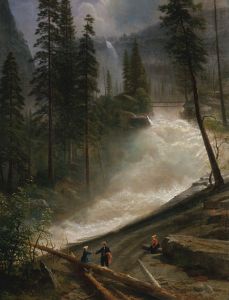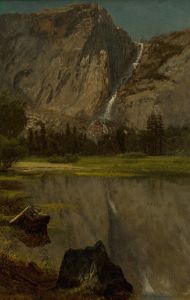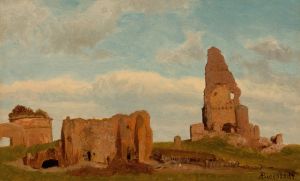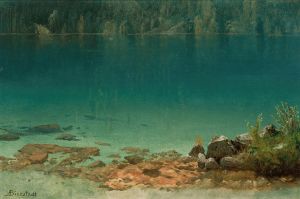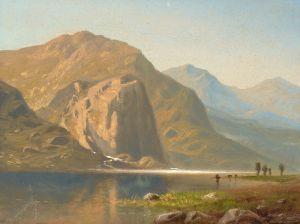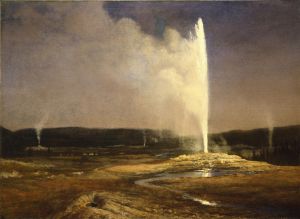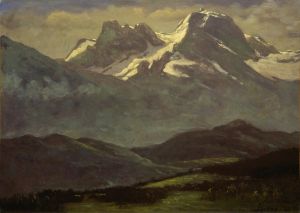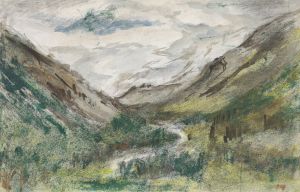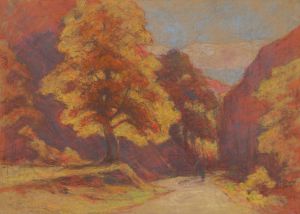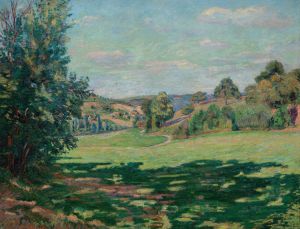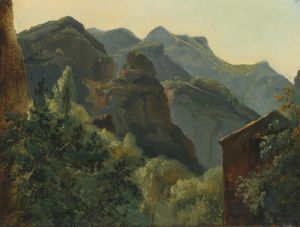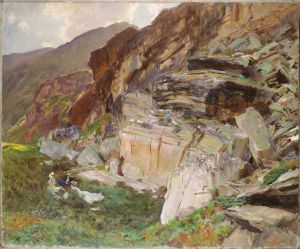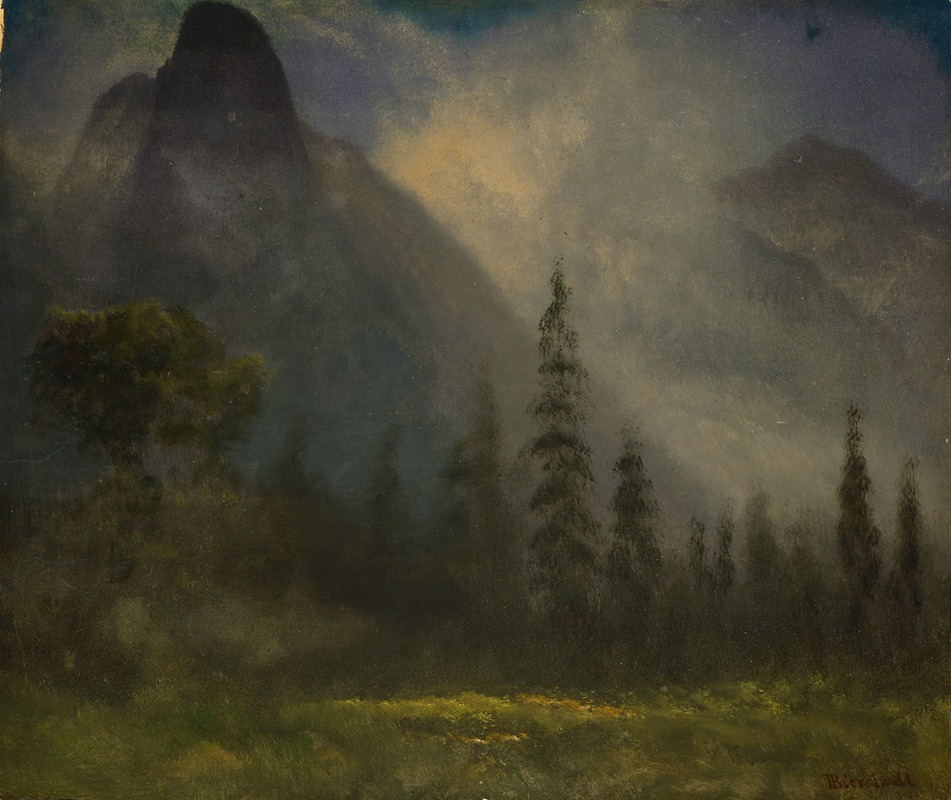
Yosemite Valley
A hand-painted replica of Albert Bierstadt’s masterpiece Yosemite Valley, meticulously crafted by professional artists to capture the true essence of the original. Each piece is created with museum-quality canvas and rare mineral pigments, carefully painted by experienced artists with delicate brushstrokes and rich, layered colors to perfectly recreate the texture of the original artwork. Unlike machine-printed reproductions, this hand-painted version brings the painting to life, infused with the artist’s emotions and skill in every stroke. Whether for personal collection or home decoration, it instantly elevates the artistic atmosphere of any space.
Albert Bierstadt's "Yosemite Valley" is a notable painting by the German-American artist renowned for his grandiose depictions of the American West. Bierstadt, born in 1830 in Solingen, Germany, immigrated to the United States with his family in 1831. He became one of the most prominent painters of the 19th century, particularly known for his large-scale landscapes that captured the majesty and expansiveness of the American frontier.
"Yosemite Valley" is one of Bierstadt's many works that focus on the Yosemite region, a subject that fascinated him and many of his contemporaries. The painting is part of a broader movement known as the Hudson River School, which emphasized romanticism and the sublime beauty of nature. Bierstadt's works are characterized by their dramatic use of light and shadow, meticulous attention to detail, and the ability to evoke a sense of awe and wonder in the viewer.
The Yosemite Valley, located in the Sierra Nevada mountains of California, became a popular subject for artists and photographers in the mid-19th century, particularly after it was designated as a protected area by the U.S. government in 1864. This designation was a precursor to the establishment of the National Park System. Bierstadt first visited Yosemite in the early 1860s, and the breathtaking landscapes he encountered there left a lasting impression on him. His paintings played a significant role in popularizing the region and raising awareness about the need for conservation.
In "Yosemite Valley," Bierstadt captures the grandeur of the landscape with his signature style. The painting typically features towering granite cliffs, lush greenery, and a serene river or waterfall, all bathed in a warm, golden light that suggests either dawn or dusk. This use of light not only enhances the natural beauty of the scene but also imbues it with a sense of tranquility and timelessness. Bierstadt's meticulous attention to detail is evident in the way he renders the textures of the rocks, the play of light on the water, and the delicate foliage of the trees.
Bierstadt's paintings, including "Yosemite Valley," were well-received by the public and critics alike during his lifetime. They were often exhibited in large, ornate frames and displayed in galleries and salons, where they attracted large audiences. His work was instrumental in shaping the perception of the American West as a land of untamed beauty and limitless potential.
Today, Bierstadt's "Yosemite Valley" and his other works continue to be celebrated for their artistic merit and historical significance. They are housed in various museums and private collections, where they serve as enduring reminders of the natural splendor of the American landscape and the early efforts to preserve it. Bierstadt's legacy as a painter of the American West remains influential, and his depictions of Yosemite continue to inspire artists and nature enthusiasts alike.





